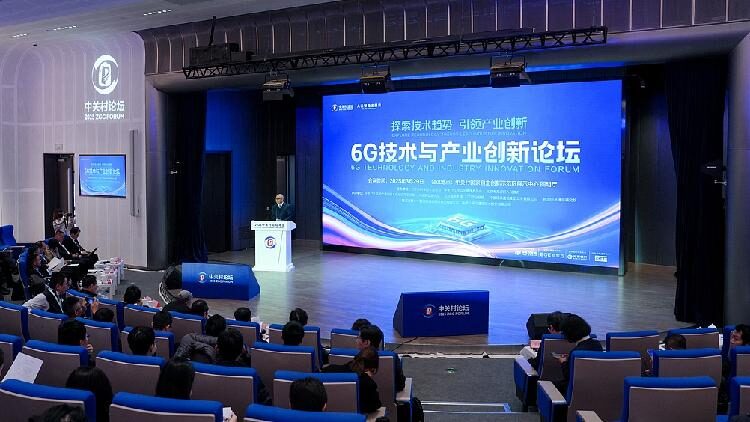Beijing took a giant leap into the future of technology by unveiling a 6G innovation white paper at the Zhongguancun Forum (ZGC Forum) on Saturday. The event, focusing on 6G technology development trends, showcased China’s ambition to lead the next generation of wireless communication.
The white paper analyzes global 6G strategies and highlights Beijing’s plans and achievements in fundamental 6G theories, technological innovation, test facilities, and ecosystem development. It offers insights into future trends and strategic recommendations, supporting Beijing’s goal to become a global hub for 6G technology and a model city for 6G application demonstrations.
Beijing boasts a wealth of top-tier scientific research resources, with 16 universities offering communications programs, over 200 leading scholars, and 14,000 researchers in the field. This solid foundation positions the city as a global talent hub for 6G development.
During the forum, the ZGC Institute of Ubiquitous-X Innovation and Applications (ZGC X-NET), China Mobile, and Beijing University of Posts and Telecommunications jointly unveiled an intelligent and simplified 6G prototype system. This system achieves a world-leading transmission speed of 6.6 Gbps, sub-meter precision sensing, and multimodal semantic communication capabilities.
The prototype system successfully tested three groundbreaking features:
- Dynamic computing power scaling: The system can adjust computing power based on real-time business demands, ensuring efficient resource allocation.
- Online capability upgrades: It enables seamless online feature upgrades during network operations, similar to smartphone app updates, enhancing network flexibility without impacting user experience.
- Computing offloading for applications: By connecting base stations to artificial intelligence (AI) computing pools, devices like drones and smart robots can directly access edge computing power, improving overall resource efficiency.
China’s 6G standardization efforts are currently underway, with a particular focus on integrating communications technology with AI. Huang Yuhong, president of ZGC X-NET and China Mobile Research Institute, emphasized that AI-network integration is a key trend. She noted that AI development relies heavily on data, computing power, and algorithms—all of which are closely linked to networks. The verified 6G prototype system provides a flexible and efficient platform that meets the diverse needs of intelligent applications, facilitating the transition to smarter networks.
Zhang Ping, an academician with the Chinese Academy of Engineering, highlighted semantic communication as a pivotal technology in merging communications with AI. By intelligently filtering source data before transmission, this method reduces data load and enhances efficiency, overcoming the power consumption and computing challenges faced by 5G.
Zhang added that 6G standardization will begin this July, with industrial verification set for 2028 and commercial deployment expected by 2030.
Themed “New Quality Productive Forces and Global Technology Cooperation,” this year’s ZGC Forum will run until March 31.
Reference(s):
Beijing unveils 6G innovation white paper at Zhongguancun Forum
cgtn.com








